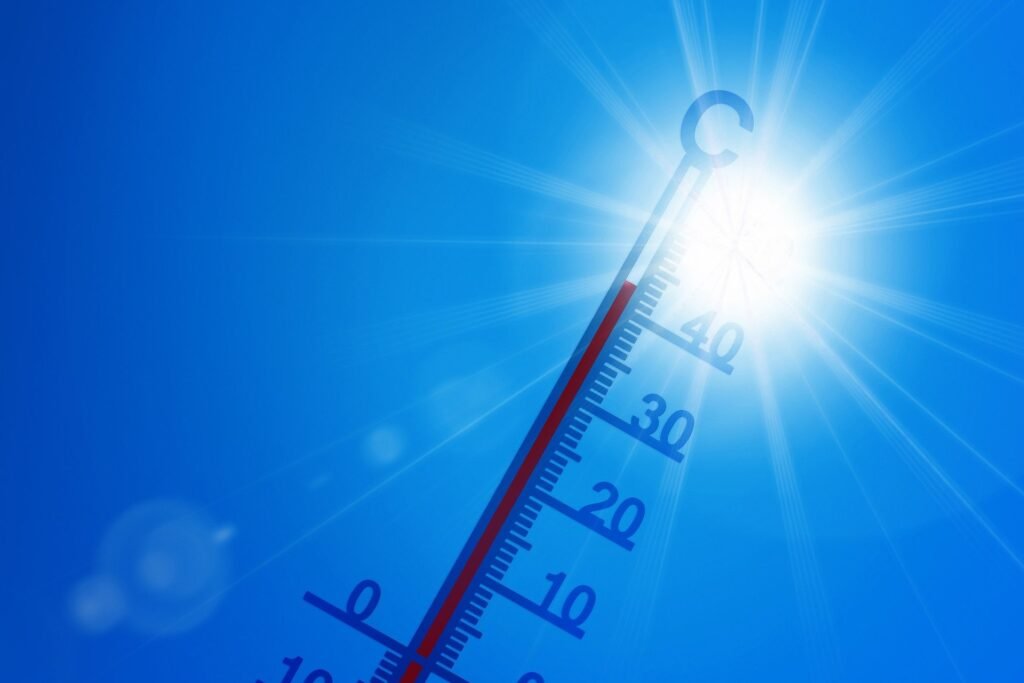The global mean temperature in 2022 was 1.15°C above the 1850–1900 average. From 2015 to 2022, Eight warmest years in the 173-year instrumental record. 2022 was the fifth or sixth warmest year on record, despite La Niña conditions. The State of the Global Climate 2022 shows the planetary scale changes on land, in the ocean, and in the atmosphere caused by heat-trapping greenhouse gases.
For global temperature, the years 2015-2022 were the eight warmest on record despite the cooling impact of a La Niña event for the past three years. Melting of glaciers and sea level rise – which again reached record levels in 2022 – will continue for up to thousands of years.
Concentrations of the three main greenhouse gases – carbon dioxide, methane, and nitrous oxide – reached record highs in 2021. The annual increase in methane concentration from 2020 to 2021 was the highest on record. Around 90% of the energy trapped in the climate system by greenhouse gases goes into the ocean. Ocean heat content, which measures this gain in energy, reached a new observed record high in 2022.
In 2022, continuous drought in East Africa, record-breaking rainfall in Pakistan, and record-breaking heatwaves in China and Europe affected tens of millions. The report also puts a spotlight on ecosystems and the environment. It shows how climate change is affecting recurring events in nature, such as when trees blossom, or birds migrate.



Despite continuing La Niña conditions, 58% of the ocean surface experienced at least one marine heatwave during 2022. In contrast, only 25% of the ocean surface experienced a marine cold spell. Global mean sea level continued to rise in 2022, reaching a new record high for the satellite altimeter record. The rate of global mean sea level rise has doubled between the first decade of the satellite record.
OCEAN HEAT CONTENT
Over the Land, western Europe experienced record-high temperatures, where a number of countries had their warmest year. These countries are the United Kingdom of Great Britain and Northern Ireland, France, Ireland, Portugal, Spain, Belgium, Luxembourg, Italy, Germany, and Switzerland. Over the ocean, record warmth extended across wide areas of the North and South Pacific as well as areas of the Southern Ocean.
Increasing human emissions of CO2 and other greenhouse gases leads to an accumulation of energy in the form of heat in the Earth system that is driving global warming. Around 90% of the accumulated heat is stored in the ocean, leading to ocean warming. Although global mean OHC has increased strongly, the rate of ocean warming has not been the same everywhere. The strongest warming in the upper 2000 m occurred in the Southern Ocean, North Atlantic, and South Atlantic. The Southern Ocean is the largest reservoir of heat, accounting for around 36% of the global OHC increase. Global mean sea level (GMSL) continued to rise in 2022.








